Aplikasi IT Dalam Pendidikan
advertisement
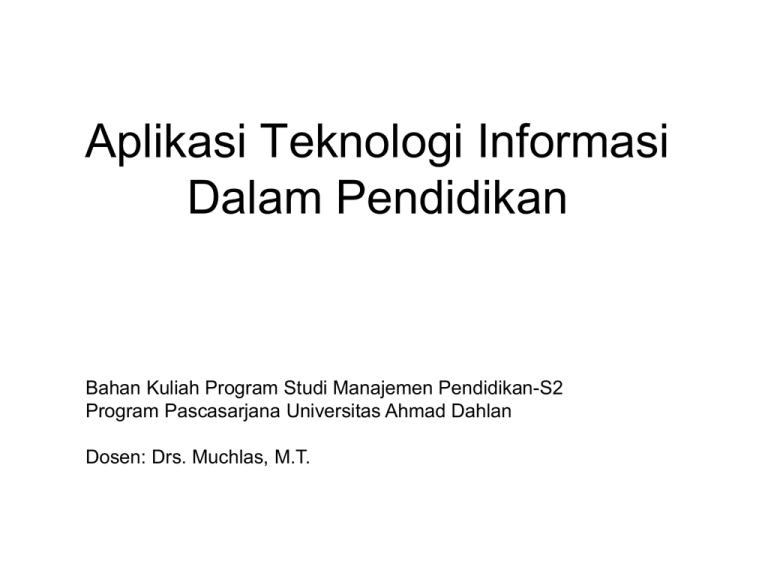
Aplikasi Teknologi Informasi Dalam Pendidikan Bahan Kuliah Program Studi Manajemen Pendidikan-S2 Program Pascasarjana Universitas Ahmad Dahlan Dosen: Drs. Muchlas, M.T. Pertemuan Ke-1: Gambaran Umum Peranan IT Dalam Bidang Pendidikan Tujuan: Mahasiswa dapat: • mendefinisikan pengertian IT • membuat deskripsi umum tentang peranan IT dalam bidang pendidikan • menjelaskan prinsip-prinsip tatakelola implementasi IT di lembaga pendidikan • menjelaskan faktor-faktor keberhasilan dan cara penilaian implementasi IT di lembaga pendidikan Pengalaman Kita Dengan IT Dalam Bidang Pendidikan? Teknologi Informasi? Teknologi Informasi (TI=IT) • Teknologi Informasi adalah cabang dari engineering yang menyediakan dukungan dalam akuisisi, pemrosesan, penyimpanan dan diseminasi informasi dalam bentuk angka, teks, suara, dan piktorial (gambar) menggunakan kombinasi komputasi dan telekomunikasi berbasis mikroelektronika. Teknologi Informasi (TI=IT) Bidang Ilmu Infrastruktur: komputasi & komunikasi Prosedur: manajemen informasi IT Dalam Pendidikan Aktivitas Manajemen Aktivitas Mengajar Aktivitas Belajar Posisi Tata Kelola IT Dalam Institusi http://www.ibm.com/developerworks/rational/library/dec07/mueller_phillipson/index.html PertanyaanTata Kelola IT • • Apakah kita melakukan hal yang benar? • Apakah kita melakukannya dengan cara yang benar? • Apakah kita membuatnya bekerja dengan baik? • Apakah kita mendapatkan manfaat? Tata Kelola IT: Pertanyaan-pertanyaan Implementasi IT Level Pengelola Lembaga Are we doing the right things? Are we getting the benefits? Nilai-nilai Manajemen Lembaga Level Pengelola IT Are we doing them the right way? Are we getting them done well? Source: The Information Paradox Model Tata Kelola IT (1): ISO 38500 Corporate Governance Evaluate Proposals Plans, Policies IT Projects Performance Conformance Monitor Direct IT Operations Corporate Management Page 12 1. 2. 3. 4. 5. 6. Responsibility; Strategy; Acquisition; Performance; Conformance; Human Behaviour. Model Tata Kelola IT (2): Best Practice di MUSC Lihat lebih detil di http://www.musc.edu/ocio/presentations/it_gov.pdf Model Tata Kelola IT (3): Axin Lihat lebih detil di http://axin.co.uk/insights/insight004.htm Model Tata Kelola IT (4): IBM http://www.ibm.com/developerworks/rational/library/dec07/mueller_phillipson/index.html Model Tata Kelola IT (5): COBIT http://community.ca.com/blogs/itil/archive/2009/08/31/5-deadly-sins-of-governing-youritsm-environment-part-1.aspx Faktor Keberhasilan Implementasi TI 3/22/2016 17 Business Systems and Change • Operating context of the organisation – External – Internal. • Four key elements of operating organisations – – – – People – who participate in business events Process – what business events take place Structure – where business events happen Technology – enabling and recording events People The Process Business Structure System • IT intrinsic to day to day operations – Business process specific - Transactions, Customers, Etc – Generic - Email, Telephony, Information Page 18 0:25 Technology This model is a variant on H.J. Leavitt’s Model of organisational change, published in 1965. Business Systems and Change • Operating context of the organisation – External – Internal. • Four key elements of operating organisations – – – – People – who participate in business events Process – what business events take place Structure – where business events happen Technology – enabling and recording events • IT intrinsic to day to day operations – Business process specific - Transactions, Customers, Etc – Generic - Email, Telephony, Information • When IT fails, whole organisations and extended organisations stop – Citylink Melbourne, Tuesday 20 Sept 2006 Page 19 0:26 People People The The Process Process Business Structure Structure System System Technology Technology This model is a variant on H.J. Leavitt’s Model of organisational change, published in 1965. Business Systems and Change Change Program • Business System People The ProcessBusines Structure s System Technology • •Process •Technology •Structure •People – Eg e-Government The Change • Business Context •Process •Technology “Traditional” •Structure IT Change Project •People IT is now a fundamental enabler of change and is leading to new business models and new business practices • Changed People People People ChangedThe Changed Process Structure Processd Structure Busines ProcessBusinessStructure s Busines System s System System Changed Technology Technology Technology Implementing IT enabled change involves attention to every facet of business models and practices – Internal and external factors • Governing IT Enabled Change involves much more than governing technology activities. Page 20 0:28 Why “Best Effort” is not good enough? • “Best Effort”, “Some Progress”, “Improved Performance”… are not measurable. • “Performance is improved 10%”, “Time to Market decreased from 100 days to 50 days”, “Customer Satisfaction Rate improves 23 percents”. Those are good measurements. • All the measurements must be quantitative! Pengukuran Kinerja Implementasi IT Generic Maturity Model Model Kematangan Responsibility and Accountability [RA ] Awareness and Communication [AC ] Policies, Plans and Procedures [PPP] Tools and Automation [TA ] Goal Setting and Measurement [GSM] Skills and Expertise [SE] Collecting Maturity Model Data 0 Awareness and Communication Policies, Standards and Procedures Tools and Automation Skills and Expertise Responsibility and Accountability Goal Setting and Measurement 1 2 3 4 5
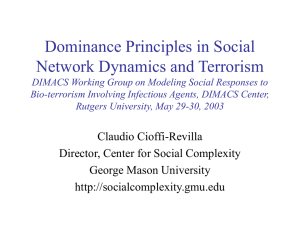
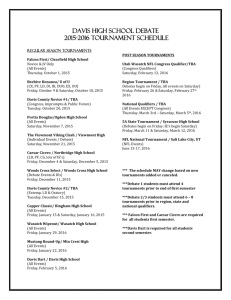
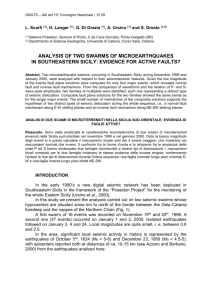
![Search for B[superscript ±][K[superscript ][superscript](http://s2.studylib.net/store/data/012104788_1-449da01c003119fd79672ecbbafdb55c-300x300.png)
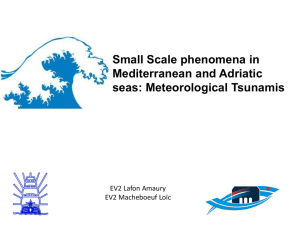
![Correlated leading baryon-antibaryon production in e+e--- >cc[over-bar]-->Lambda c+Lambda[over-bar]c-X](http://s2.studylib.net/store/data/012103429_1-0177181ec7d4b9e211534b248dccecc0-300x300.png)
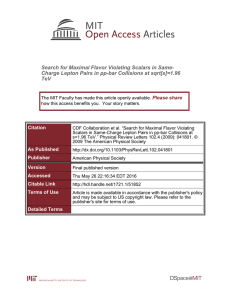

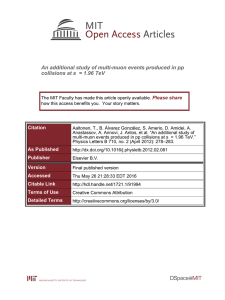
![Measurement of the semileptonic branching fraction of the B[subscript s] meson](http://s2.studylib.net/store/data/012103908_1-43e1e34ebe634aa8e15aeb87ab78a7d9-300x300.png)
![Observation and polarization measurement of B[superscript 0]-->a1(1260)[superscript +]a1(1260)[superscript -] decay](http://s2.studylib.net/store/data/012120195_1-ffa63fb2f64e70cb6cd5590a52e05bfd-300x300.png)
![Observation of the baryonic decay [bar over ]K[superscript +]](http://s2.studylib.net/store/data/012124450_1-001f56a67a858aeb730c0dae2eb8ce7c-300x300.png)